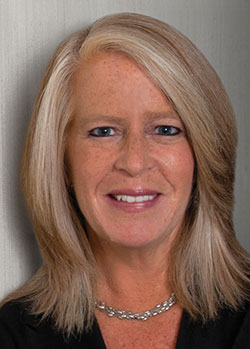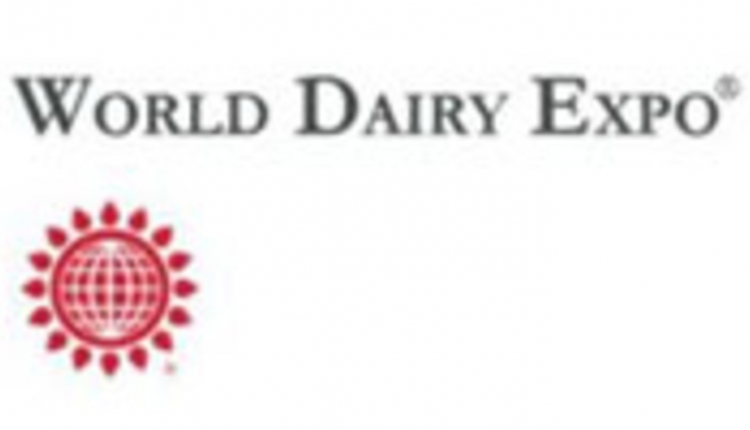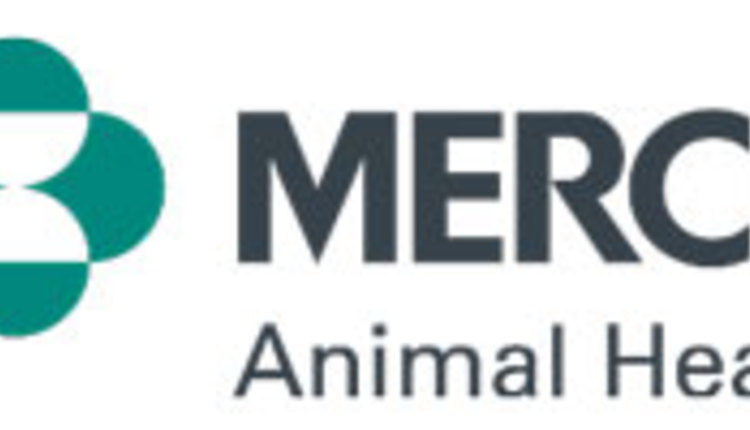The information below has been supplied by dairy marketers and other industry organizations. It has not been edited, verified or endorsed by Hoard’s Dairyman.
Industry leaders and stakeholders from across the dairy value chain discussed priorities, best practices, challenges, work and considered opportunities that align U.S. dairy and collectively puts the industry on a path to providing sustainable solutions for people and planet during the recent 2023 Dairy Sustainability Alliance® Spring Meeting.

“The stakes are high, and the challenges, competition and counter narrative only get more intense,” O’Brien said. “I hear and am inspired by the people, commitment and hard work taking place across the industry.”
O’Brien said the Alliance, in its 15th year, follows principles that contribute to the long-term viability of the U.S. dairy industry, such as knowledge sharing and use of science-based research and tools. The Alliance works to identify solutions that reflect the diversity of farmers, products and the industry overall.
O’Brien told the 240 meeting attendees – including 19 dairy farmer representatives – they are “doing the doing and helping to raise all boats.” She cited the many farmer-led conservation groups that have received climate smart agriculture grants and the 36 companies representing 75 percent of milk production that have adopted the U.S. Dairy Stewardship Commitment, all of which signal voluntary action that advances sustainability leadership and transparent reporting of progress.
“While challenges continue, I hope you’re as confident as I am in the future for U.S. dairy and that’s in large part to the people in this room and your peers across the country,” she said. “Because, ultimately, people and relationships are at the very heart of what we do as we bring great minds together to advance dairy as a category – across environmental, social and economic priorities.”
Following O’Brien, a panel discussion addressed efforts to deliver dairy nutrition that meets emerging and personalized health needs for consumers, today and tomorrow. Dr. Katie Brown, executive vice president of scientific and nutrition affairs for National Dairy Council, said assuring food security is vital with more than one in five U.S. adults – 34 million people including 9 million children – facing food insecurity.
Brown said the industry’s partnership with Feeding America, which has a network of 200 food banks, is increasing access to dairy. In 2016, 226 million pounds of dairy moved through Feeding America’s network, but it grew to 664 million pounds in 2021 during the pandemic when food insecurity rates soared. Last year, 506 million pounds were distributed.
“Feeding America knows dairy is a nutritional powerhouse and is important to their clients,” Brown said. “Milk is one of the most requested and least donated items in food banks and Feeding America has set an ambitious goal that dairy will be 10 percent of foods distributed throughout its network by 2025. This is the power of partnerships.”
Representatives of ZS – a global management consulting and technology firm – shared research results that revealed which aspects of foods have growing appeal to younger consumers, particularly as it relates to their broadening views of holistic health and wellbeing. The group examined 37 of the most managed health and wellness conditions and conducted research to determine which areas hold the greatest potential for dairy.
ZS is working with the Innovation Center’s Health and Well-Being Task Force to narrow the areas where dairy can best meet consumers’ changing expectations of food now and in the future. Examples include physical/athletic performance, bone health energy, and Alliance attendees discussed opportunities to inform the task force’s work.
Environmental stewardship emphasized
A large part of the meeting focused on U.S. dairy’s environmental actions and how that work contributes to addressing climate change, supporting biodiversity and healthy ecosystems. This includes how dairy practices at the farm and plant level contribute to a circular economy, such as better utilization of the nutrient and biological value of manure and the upcycling of protein-rich whey from cheesemaking.
In another session, Dr. Tim Kurt, senior vice president, environmental research for DMI, shared how the checkoff is partnering to advance several projects that support the industry in reaching its collective 2050 environmental stewardship goals. Kurt provided updates on projects focused on reducing dairy’s greenhouse gas footprint related to feed, enteric methane, manure and energy, including:
- Dairy Soil and Water Regeneration: Feed footprint and water quality
- Greener Cattle Initiative: Enteric methane mitigation
- Ruminant Farms Systems: Whole farm process-based model to enable scenario planning
“We support pre-competitive research that benefits the entire industry, including the development of practices and technologies and evaluating their impact through modeling work,” Kurt said. “Our scientists seek to improve the understanding of the effectiveness and credibility of the solutions available today and in the future so farmers and the broader industry can feel confident in choosing the ones right for their farm and business.”
When U.S. dairy set its environmental stewardship goals in 2020, the Innovation Center committed to report progress toward them every five years. Karen Scanlon, executive vice president of environmental stewardship for DMI, and Nicole Ayache, chief sustainability officer for National Milk Producers Federation (NMPF), outlined the approach for measuring and reporting progress on the goals over the short and long term and how the industry-developed FARM Environmental Stewardship and Processor Stewardship Reporting tools will aggregate data for reporting.
“More and more, companies, farmers and food categories are called upon to report on sustainability-related topics,” Scanlon said. “Consumers, customers, retailers are all calling on dairy – from farms to cooperatives to processors – to report on environmental, social and governance topics. Measuring and reporting matters. Industry reporting enables us to credibly and transparently communicate what we want people to know about how U.S. dairy is fulfilling its social responsibility commitments.”
A panel discussion featuring Ahold Delhaize USA, Hannaford Supermarkets, HP Hood, Dairy Farmers of America, Agri-Mark and NMPF focused on dairy value chain collaboration to advance worker well-being.
Farmworker safety and well-being are priorities addressed through the National Dairy FARM Program’s Workforce Development tool. Assessments help identify areas where additional education, training, or resources can support farmers.
“When we talk about the value a dairy farm brings to a community, we have to remember to value the people we depend on every day to care for our cows, to make sure our milk is high quality, safe and fresh and making sure they are nourishing our communities near and far,” said Maine dairy farmer Jenni Tilton-Flood, an Agri-Mark member. “FARM Workforce Development gives us a lens that isn’t size specific and allows everyone to get a better look at what is going on at our farms. This program builds trust and transparency.”
Pennsylvania dairy farmer, Innovation Center board member and DMI Chair Marilyn Hershey closed the meeting with credit given to Alliance members for their collaboration that has led to continued environmental success and improvements. Hershey shared insights from representing U.S. dairy in global meetings, such as one hosted by the Food and Agriculture Organization, an agency of the United Nations.
“It was very eye-opening,” Hershey said. “There have been a lot of conversations happening for decades about farming without farmers being there. Everyone is so pinpoint focused on food, climate change and the production of food. Thankfully collaboration is happening even more, but it needs to go past dairy and into all of agriculture. We need to bring the whole barnyard together.
“Progress and collaboration are what make U.S. dairy stand out as a leader in the agriculture sector. I hear it over and over that we are a leader in the sustainable food systems space.”
To learn more about the Innovation Center for U.S. Dairy, visit www.usdairy.com/about-us/innovation-center.


